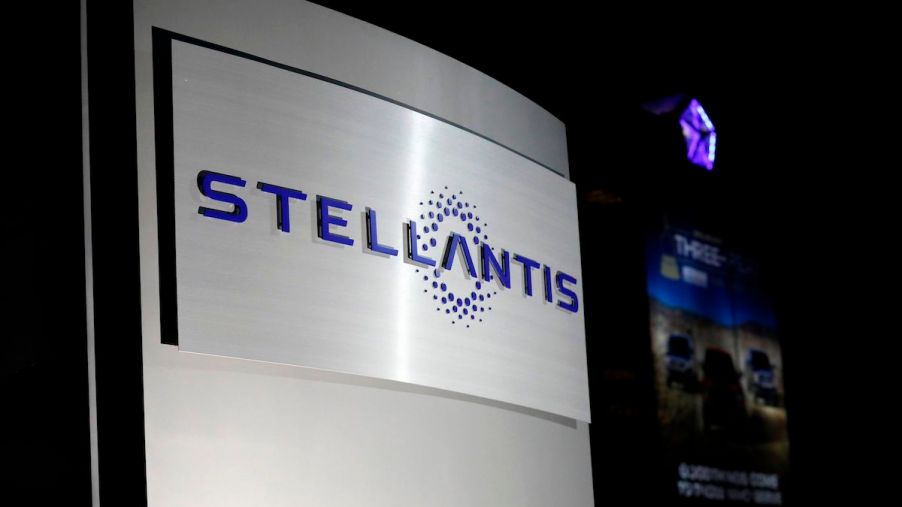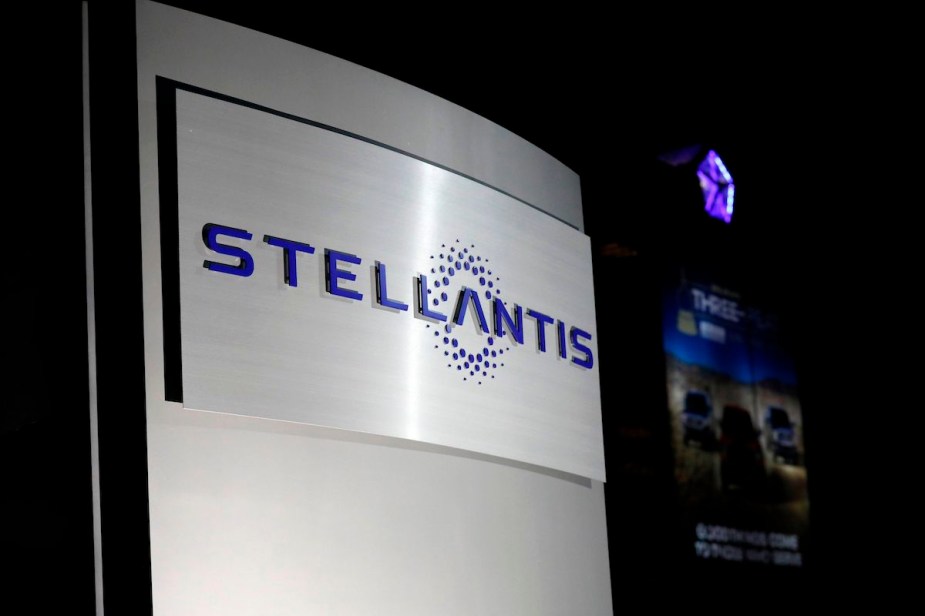
Stellantis Prepares to Pay GM Close to $1 Billion to Buy Back Shares From 2017
News broke recently that Stellantis was going to pay General Motors nearly $1 billion to repurchase shares in its company GM originally obtained back in 2017. GM received those shares as part of a deal between Peugeot S.A. and GM that involved the former’s purchase of the European brands Opel and Vauxhall. The agreement affects many shareholders in both companies. But what exactly does it involve?
Here’s how the original GM purchase worked

According to Carscoops, as part of the agreement between GM and Peugeot, where the latter was to obtain Opel and Vauxhall in 2017, GM also received equity warrants in the companies. According to CNBC, Peugeot agreed to pay General Motors a whopping $2.3 billion to complete the purchase.
The hope at the time was that Peugeot’s purchase would allow the company to create “a new European car giant to challenge market leader Volkswagen.” Unfortunately, that dream never really became a reality, and sales of brands such as Opel continue to lag significantly behind those of many of their competitors.
Stellantis to buy back shares from GM
In 2021, Peugeot merged with the American car manufacturer Fiat Chrysler to form the fourth-largest car company in the world, now known as Stellantis. As Car and Driver explained at the time, the formation of that manufacturing group brought numerous car brands from around the world under one roof.
In the recently announced deal between Stellantis and GM, Stellantis paid €923,247,678 ($923,293,840 at current exchange rates) to GM in September to repurchase the shares that its predecessor gave up in 2017. For that hefty sum, Stellantis received back 69.1 million shares of its stock from GM. In addition, Stellantis agreed to give GM 1.2 million common shares in Faurecia and pay $130 million cash for dividends.
These Opel cars are especially popular
Opel has never really made headway into the U.S. market, but believe it or not, one of the best-selling cars of all time comes from none other than Opel/Vauxhall. We’re talking about the Opel Astra, which has been available in European markets since 1991. It’s one of the few cars produced by General Motors that has found success outside the American car market. One selling point that makes the Astra especially appealing to European drivers is its fuel economy and ease of handling.
Another popular offering from Opel/Vauxhall is the Corsa, which like the Astra, is unavailable in the U.S. but extremely popular in Europe. It’s been on the market there since 1983. The subcompact car makes it easy to get around town and is also easy on the pocketbook, thanks to its excellent fuel economy. Its combination of sportiness and practicality makes it the most popular car ever produced by Opel.
Finally, we’d be remiss if we didn’t mention the Opel Insignia, a station wagon that inspired the Buick Regal. Despite its relative popularity in Europe, it was recently announced that General Motors plans to discontinue the Insignia. The Regal was discontinued as well in 2020, as part of GM’s move away from sedan production.
It will be interesting to see where each of these giant car manufacturers, Stellantis and General Motors, take their production efforts in the future. As consumers adapt to an increased emphasis on electric vehicles, some models will have to give way to newer technology. The finances involved will continue to be complex, as evidenced by the back-and-forth stock dealing between these companies.


